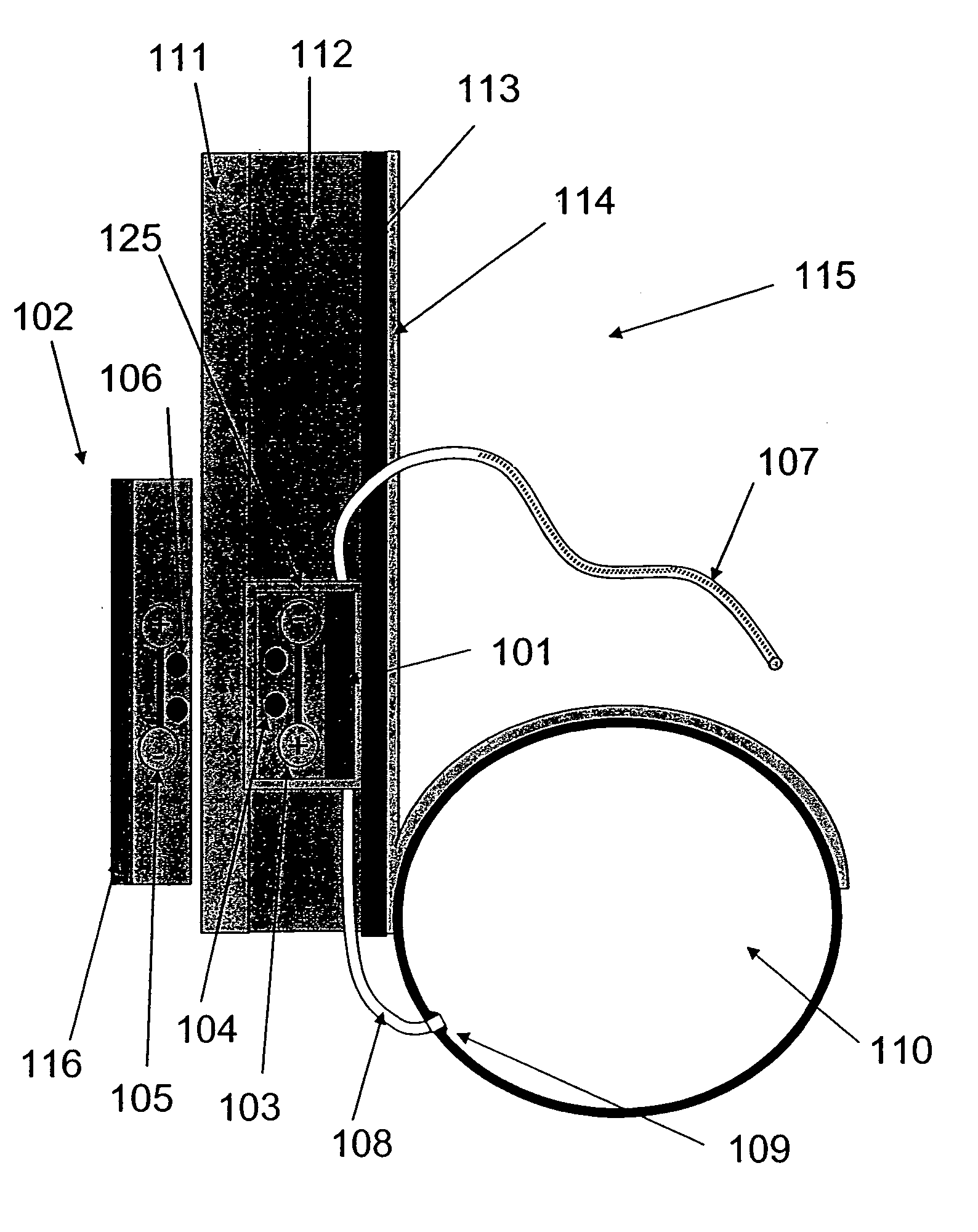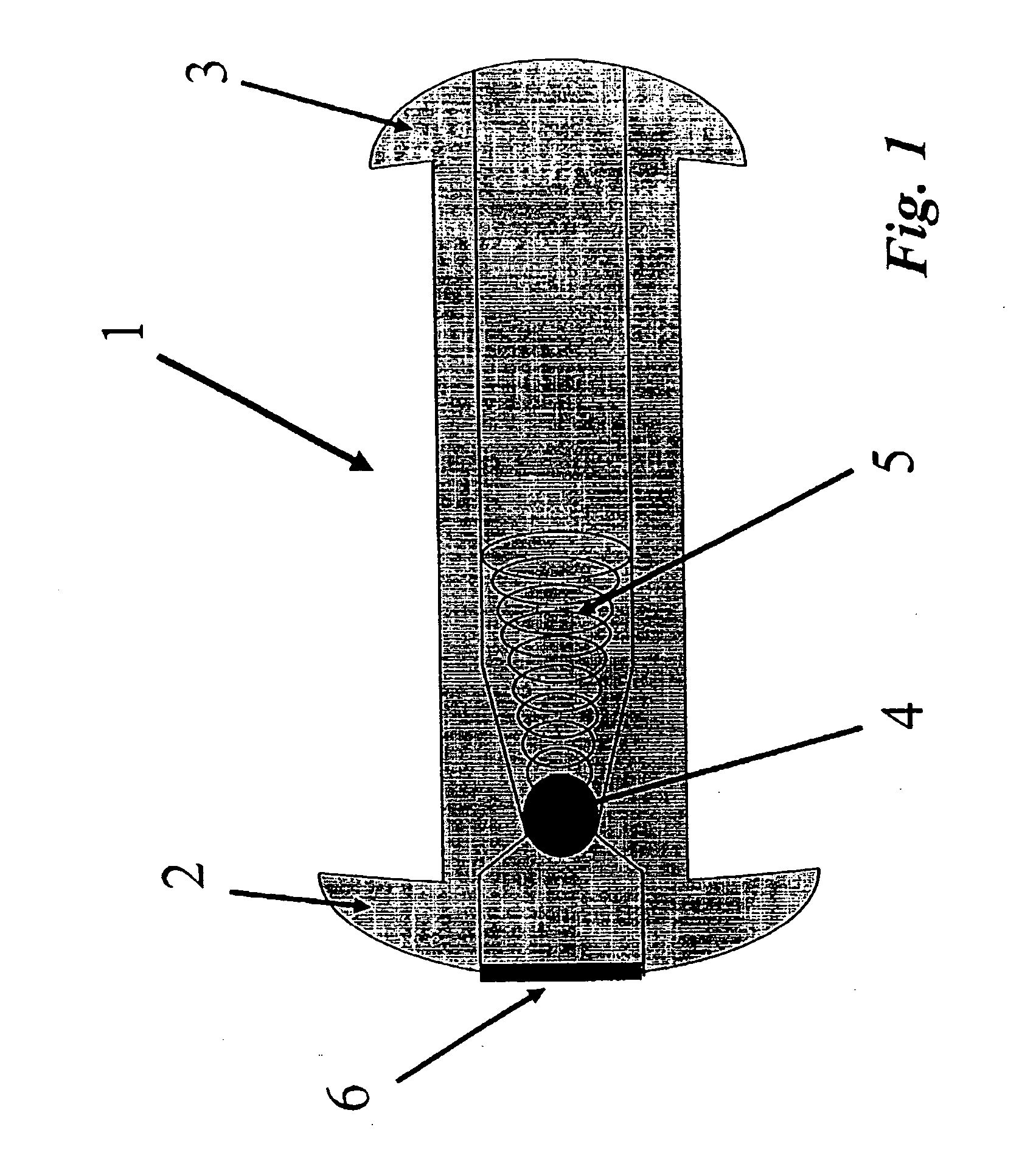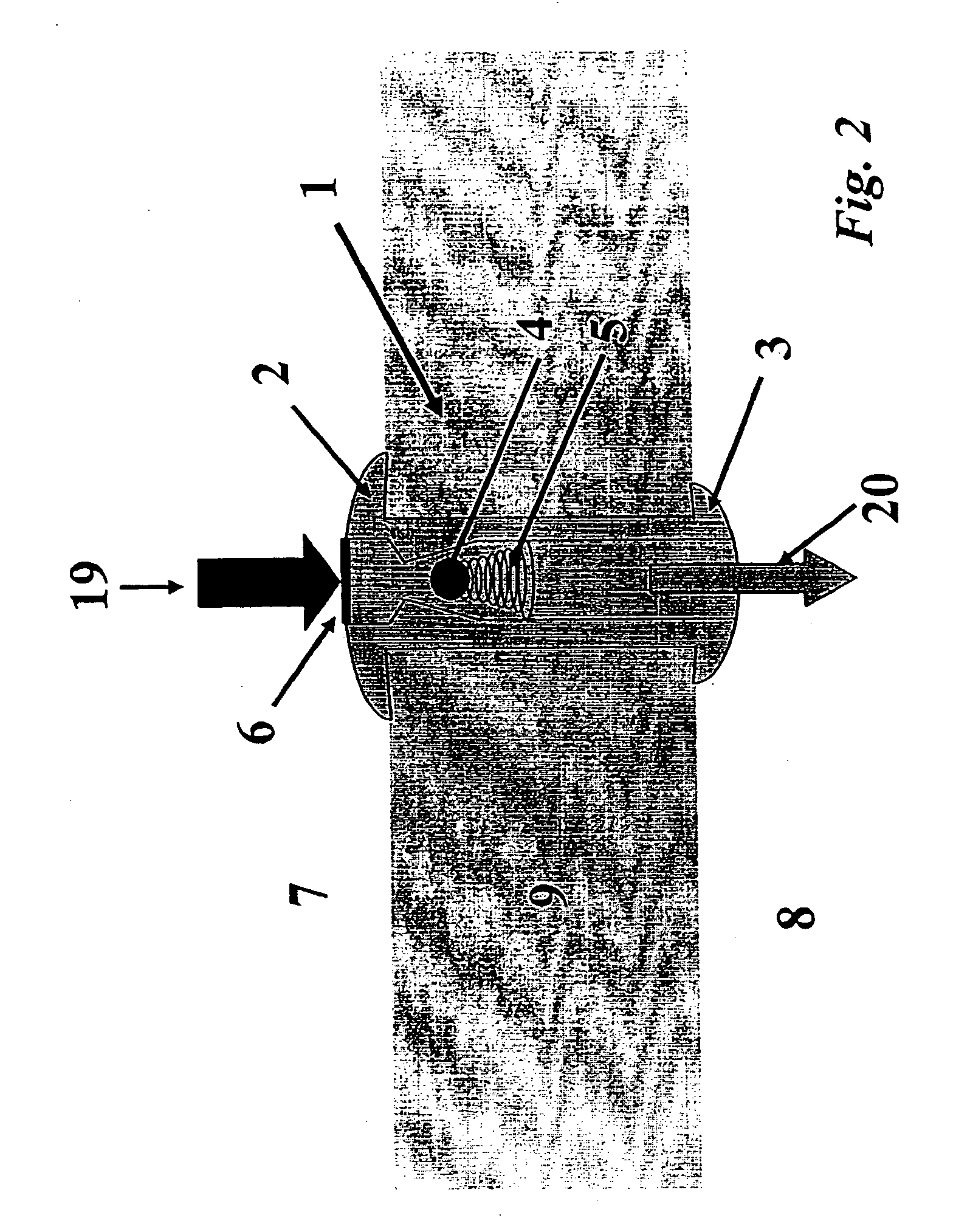Implantable fluid management system for the removal of excess fluid
a technology of fluid management system and excess fluid, which is applied in the field of medical devices, can solve the problems of increased morbidity and mortality, frequent clogging of devices, respiratory compromise, etc., and achieve the effect of preventing reflux and preventing encrustation
- Summary
- Abstract
- Description
- Claims
- Application Information
AI Technical Summary
Benefits of technology
Problems solved by technology
Method used
Image
Examples
Embodiment Construction
[0038] The implantable fluid management system may comprise devices for facilitating the removal of fluid from a body region where drainage is desired. For instance, the devices disclosed herein may be utilized for chronic excess fluid drainage from one bodily cavity to a second bodily cavity, e.g., a urinary bladder. An implantable electromechanically powered and / or magnetically coupled vesicular pump may be utilized to permit assisted flow of the excess fluid collections into the bladder. This flow may be directed to be uni-directional through the system.
[0039] As can be seen in FIG. 1, a vesicular shunt or drain 1 may be utilized with the fluid management system for anchoring a tubing member to the wall of a urinary bladder. A further detailed description of the shunt and its applications may be seen in U.S. application Ser. No. 10 / 369,550 filed on Feb. 21, 2003, which has been incorporated herein by reference above. Shunt or drain 1 may be implanted in the bladder wall 9, as sh...
PUM
 Login to View More
Login to View More Abstract
Description
Claims
Application Information
 Login to View More
Login to View More - R&D
- Intellectual Property
- Life Sciences
- Materials
- Tech Scout
- Unparalleled Data Quality
- Higher Quality Content
- 60% Fewer Hallucinations
Browse by: Latest US Patents, China's latest patents, Technical Efficacy Thesaurus, Application Domain, Technology Topic, Popular Technical Reports.
© 2025 PatSnap. All rights reserved.Legal|Privacy policy|Modern Slavery Act Transparency Statement|Sitemap|About US| Contact US: help@patsnap.com



